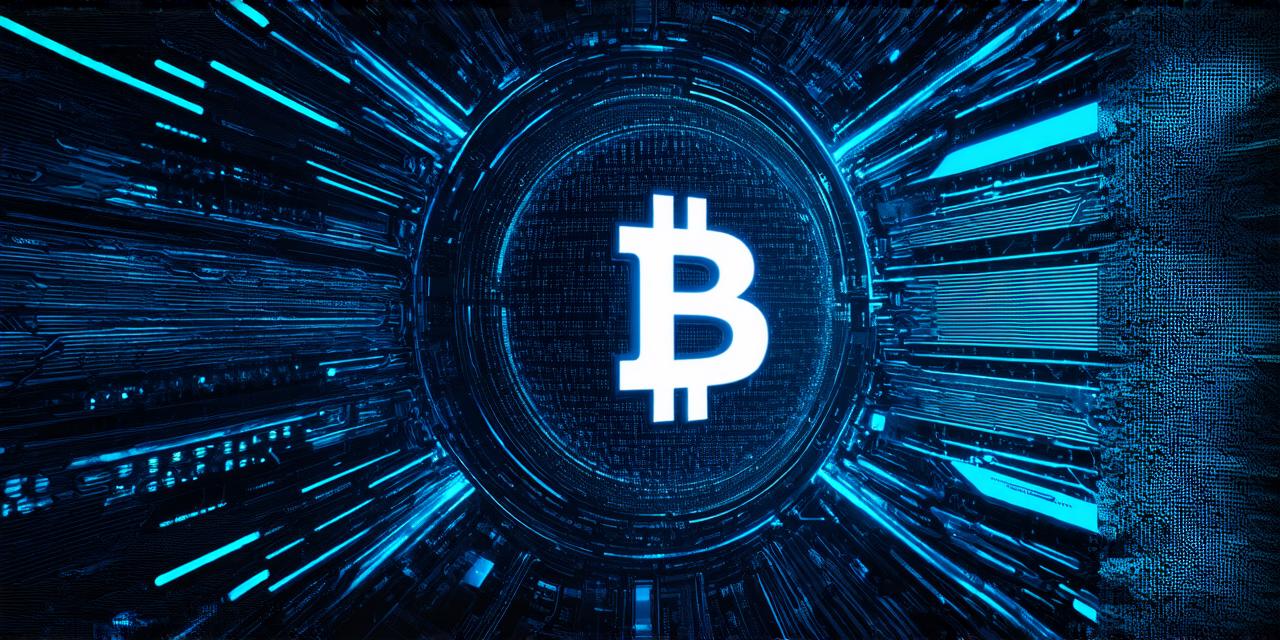Introduction
A smart contract is a self-executing program that runs on a blockchain and automatically executes the terms of an agreement between two or more parties. They can be used for various purposes, such as buying and selling goods and services, managing supply chains, and even voting systems.
Prerequisites
Before diving into the process of creating a smart contract, there are a few prerequisites that you should be familiar with:
- Blockchain Technology: A basic understanding of blockchain technology and how it works is essential for creating smart contracts. You should also have knowledge of popular blockchain platforms like Ethereum, Bitcoin, and Hyperledger.
- Programming Languages: Familiarity with programming languages like Solidity or Python can be helpful in creating smart contracts. If you are new to programming, it’s recommended that you take an online course or tutorial to get started.
- Blockchain Development Tools: There are various blockchain development tools available that can help you create and test your smart contract code. Some popular ones include Remix, Truffle, and Gan.
- Smart Contract Design Patterns: Understanding common smart contract design patterns like the ERC-20 token standard or the Decentralized Autonomous Organization (DAO) can help you create more efficient and effective smart contracts.
Creating a Smart Contract on Ethereum
Ethereum is the most popular platform for creating and deploying smart contracts. The process of creating a smart contract on Ethereum involves several steps, including:
- Defining the Contract Requirements: Before writing your smart contract code, it’s essential to define the requirements of your contract. This includes identifying the parties involved, the terms of the agreement, and any conditions that must be met for the contract to execute.
- Writing the Smart Contract Code: Once you have defined the requirements of your smart contract, you can start writing the code using Solidity. The code should follow best practices for smart contract development, such as proper variable naming, modular design, and error handling.
- Testing the Smart Contract: Before deploying your smart contract, it’s essential to test it thoroughly to ensure that it works correctly. You can use blockchain development tools like Remix or Truffle to test your code locally before deploying it to the Ethereum mainnet.
- Deploying the Smart Contract: Once you have tested your smart contract and are satisfied with its functionality, you can deploy it to the Ethereum mainnet using a blockchain development tool like MetaMask or MyEtherWallet.
- Monitoring and Maintaining the Smart Contract: After deploying your smart contract, it’s essential to monitor its performance regularly and make any necessary updates or modifications. You should also have a plan in place for handling any issues that may arise.
Case Study: Creating a Decentralized Autonomous Organization (DAO)
A Decentralized Autonomous Organization (DAO) is a type of smart contract that allows for the creation of organizations that are run democratically by its members. Here’s an example of how to create a DAO using Ethereum:
- Defining the DAO Requirements: In this case, we will create a DAO for managing a community garden. The requirements include identifying the members of the organization, defining the rules and regulations for the garden, and setting up a treasury to manage funding.
- Writing the Smart Contract Code: Using Solidity, we can write the code for our DAO smart contract. This includes defining the structure of the organization, including the number of members, their roles and responsibilities, and the rules for decision-making. We also need to set up a treasury to manage funding and define how members can contribute to the organization.
- Testing the Smart Contract: Before deploying our DAO smart contract, we need to test it thoroughly to ensure that it works correctly. We can use blockchain development tools like Remix or Truffle to test our code locally before deploying it to the Ethereum mainnet.
- Deploying the Smart Contract: Once we are satisfied with the functionality of our DAO smart contract, we can deploy it to the Ethereum mainnet using a blockchain development tool like MetaMask or MyEtherWallet.
- Monitoring and Maintaining the Smart Contract: After deploying our DAO smart contract, we need to monitor its performance regularly and make any necessary updates or modifications. We also need to manage the treasury and ensure that members are following the rules and regulations of the organization.

Summary
In this article, we have provided a comprehensive guide on how to create smart contracts in blockchain. We have covered everything from basic concepts to advanced techniques and provided a case study to illustrate the process. Smart contracts have enormous potential for various industries, and with the right tools and knowledge, anyone can create them. So, if you’re interested in creating smart contracts, it’s essential to start learning the basics and gain practical experience by trying out some projects.
FAQs
Here are the frequently asked questions about smart contracts:
- What is a smart contract? A smart contract is a self-executing program that runs on a blockchain and automatically executes the terms of an agreement between two or more parties.
- How do I create a smart contract? To create a smart contract, you need to define the requirements of your contract, write the code using Solidity, test it thoroughly, deploy it to the Ethereum mainnet, and monitor and maintain it.
- What are some common smart contract design patterns? Some common smart contract design patterns include the ERC-20 token standard and the Decentralized Autonomous Organization (DAO).
- How do I test a smart contract? You can use blockchain development tools like Remix or Truffle to test your smart contract code locally before deploying it to the Ethereum mainnet.
- What is a Decentralized Autonomous Organization (DAO)? A Decentralized Autonomous Organization (DAO) is a type of smart contract that allows for the creation of organizations that are run democratically by its members.
